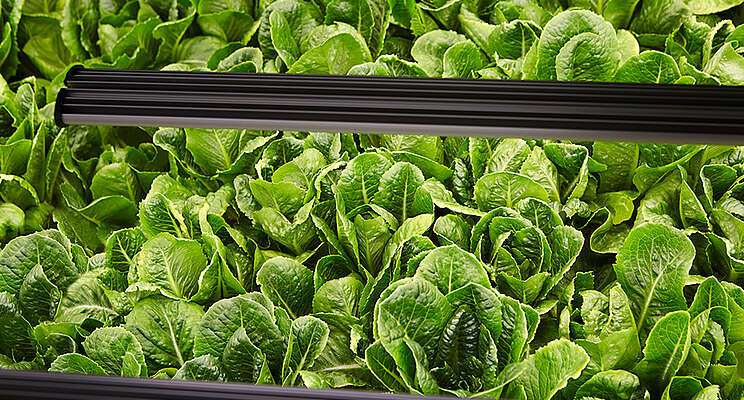AI helps control greenhouse automation systems
Added on 05 June 2022

Indoor farming has seen a substantial increase the past few years, and the category continues to grow. Vertical farms can be controlled to maximize production year round, while using precise amounts of finite resources, like water, preventing waste in the process.
To realize an effective ROI for the cost of a vertical farm and its equipment, all the inputs—water, chemicals, lighting, temperature, humidity and more—need to be tightly controlled. While the process variables for growing produce indoors may seem simple, there are elements that must work together to be successful.
To get a thorough understanding of such a complex, slow-moving system with interdependent variables, applying artificial intelligence (AI) and combining it with machine learning (ML) makes sense. Kenneth Tran, PhD, founder and CEO of Koidra, a system integration company specializing in applying AI to practical operations such as greenhouses and manufacturing automation, is well versed in AI. Before Koidra, Tran was a principal applied scientist in the Machine Learning Group, Microsoft Research (MSR).
Recently, indoor grower Soli Organic has been partnering with Koidra to develop the systems for its controlled environment agriculture (CEA) facilities. We asked Tran where he thinks this technology is headed in the future.
Photo courtesy of Bowery Farming
Source: Food Engineering Magazine
More news















